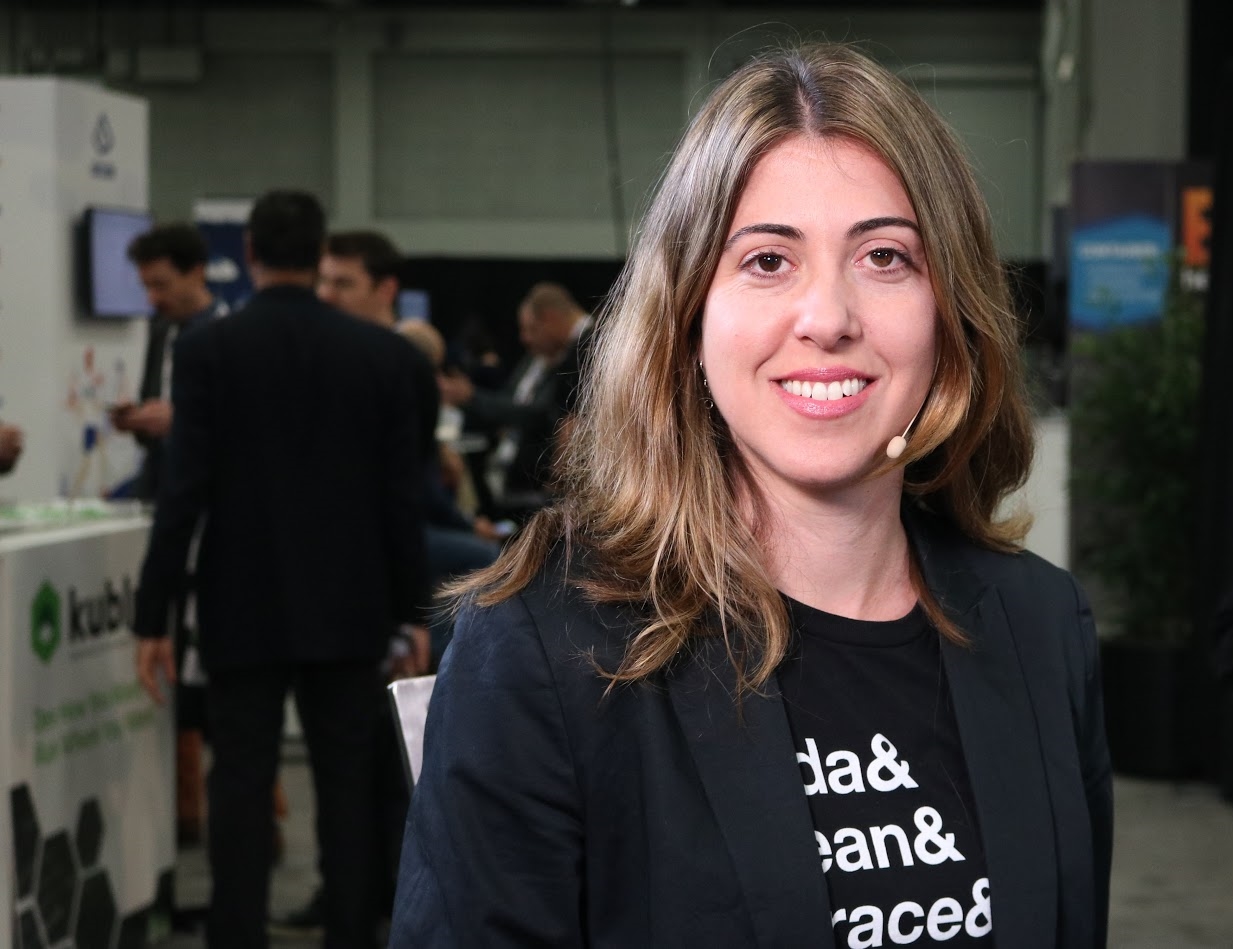 APPS
APPS
 APPS
APPS
 APPS
APPS
All this hubbub about needing to simplify the Kubernetes container orchestration management platform makes one wonder: Is untangling its complexity really worth the fuss? What’s the payoff?
The payoff in the big picture of an information technology department will be reduced complexity through consistency, according to Chen Goldberg (pictured), director of engineering at Google LLC.
“I think that’s the promise for enterprises,” Goldberg said. Having all applications run in containers on Kubernetes would provide a single consistent solution to a frequently mixed-up and confusing problem, she added.
Goldberg spoke with John Furrier (@furrier) and Stu Miniman (@stu), co-hosts of theCUBE, SiliconANGLE Media’s mobile livestreaming studio, during the KubeCon + CloudNativeCon event in Austin, Texas. (* Disclosure below.)
IT departments spend way too much time and energy upgrading applications, according to Goldberg. In her previous stints in IT, “That’s all that we did. Our annual planning was, how do we upgrade the middleware and the infrastructure?” she said.
The goal of the Kubernetes community’s leaders is to achieve cohesion between the software engineering and application development layers. “We are getting there. I won’t say we are there already,” Goldberg stated.
Basic Kubernetes operations, like simply spinning up a cluster, are not hard today, according to Goldberg. The complexities exist in other, deeper areas related to developer experience and tying Kubernetes to other environments. Luckily, the busy community of Kubernetes contributors are doing impressive work toward simplifying these issues.
“We are building that ecosystem around us that can help you do that,” Goldberg said. For example, Istio service mesh allows microservices in containers to communicate and gel with each other more smoothly.
Solving lower level technicalities like these not only makes Kubernetes a consistent application deployment method, it also moves IT and developer focus to more interesting topics, such as building machine learning and artificial intelligence into apps, Goldberg pointed out. “There are bigger problems to solve. There are other ways to make the world better,” she said.
Watch the complete video interview below, and be sure to check out more of SiliconANGLE’s and theCUBE’s coverage of the KubeCon + CloudNativeCon event. (* Disclosure: Red Hat Inc. sponsored this segment of theCUBE. Neither Red Hat nor other sponsors have editorial control over content on theCUBE or SiliconANGLE.)
Support our open free content by sharing and engaging with our content and community.
Where Technology Leaders Connect, Share Intelligence & Create Opportunities
SiliconANGLE Media is a recognized leader in digital media innovation serving innovative audiences and brands, bringing together cutting-edge technology, influential content, strategic insights and real-time audience engagement. As the parent company of SiliconANGLE, theCUBE Network, theCUBE Research, CUBE365, theCUBE AI and theCUBE SuperStudios — such as those established in Silicon Valley and the New York Stock Exchange (NYSE) — SiliconANGLE Media operates at the intersection of media, technology, and AI. .
Founded by tech visionaries John Furrier and Dave Vellante, SiliconANGLE Media has built a powerful ecosystem of industry-leading digital media brands, with a reach of 15+ million elite tech professionals. The company’s new, proprietary theCUBE AI Video cloud is breaking ground in audience interaction, leveraging theCUBEai.com neural network to help technology companies make data-driven decisions and stay at the forefront of industry conversations.